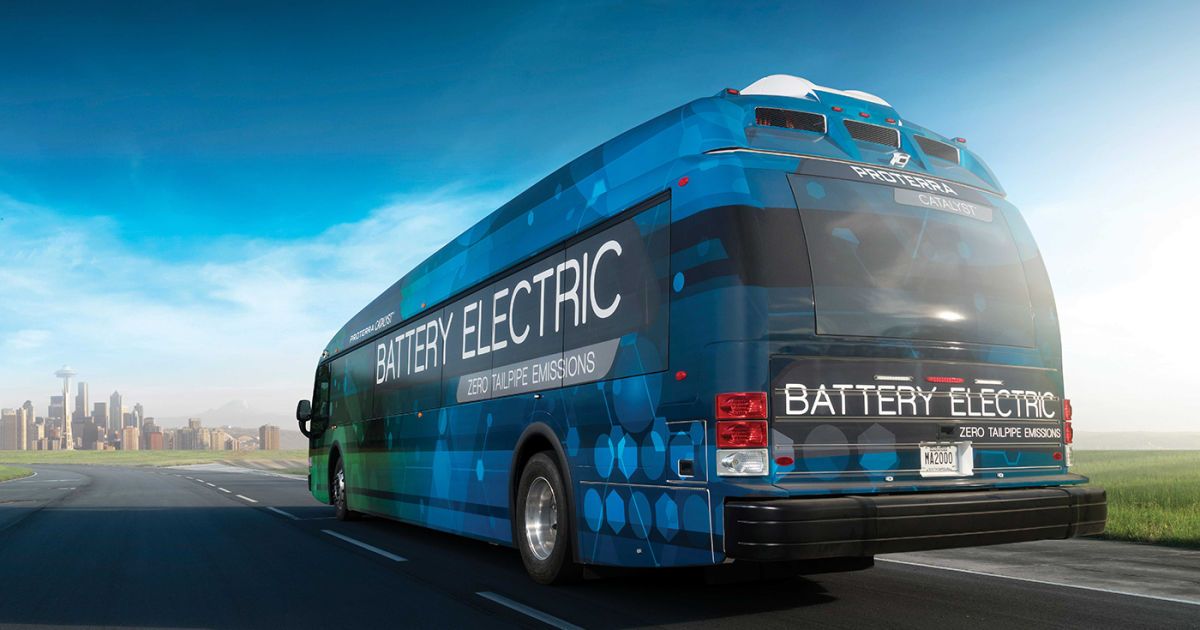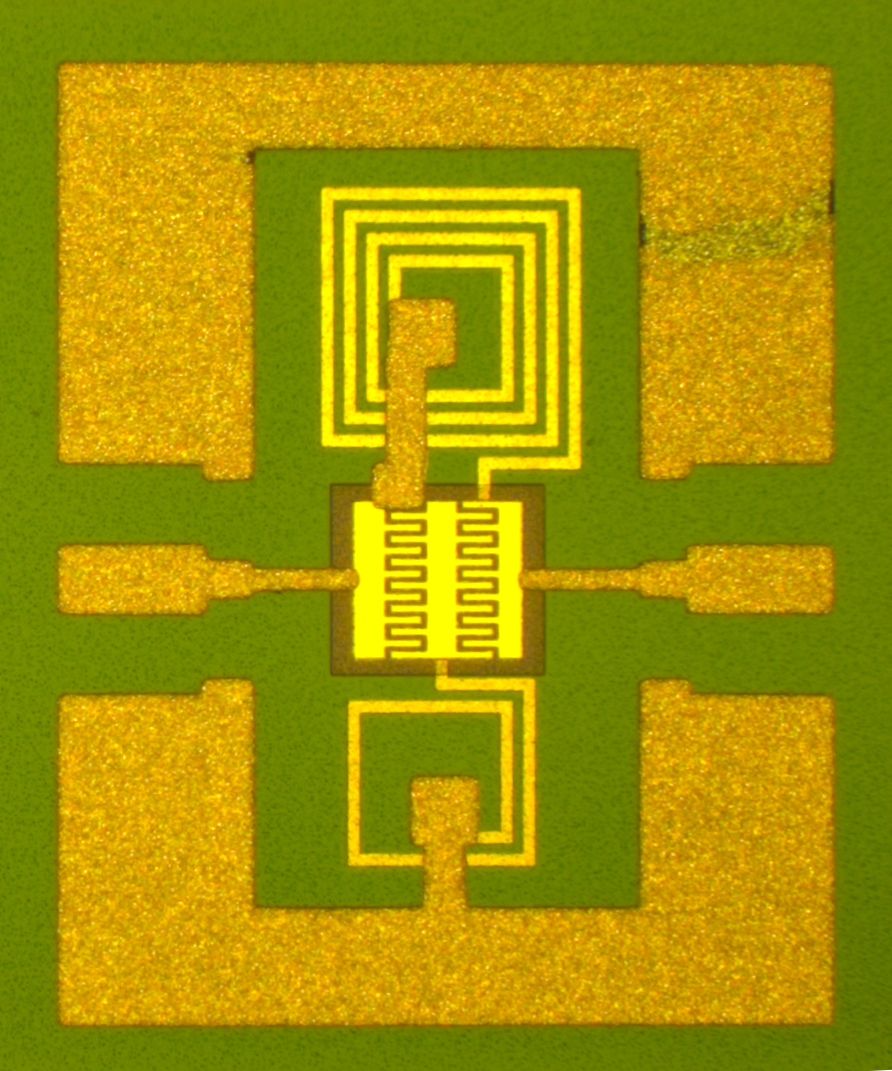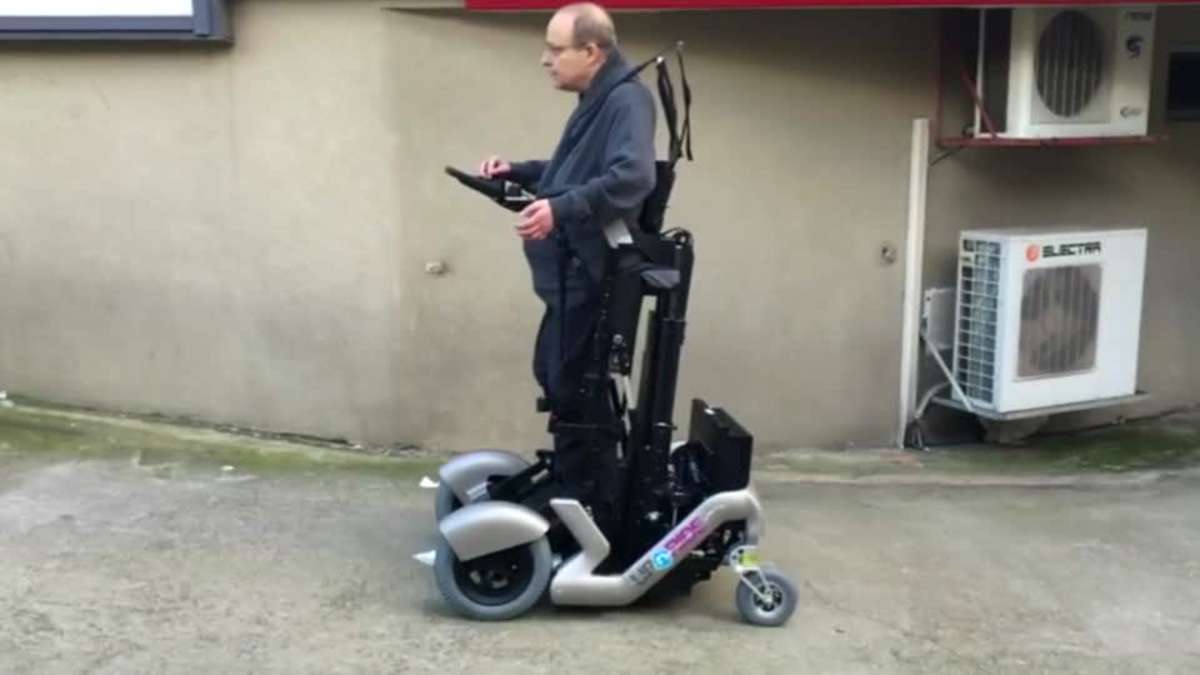Sep 15, 2016
Google’s Quantum Dream Machine Might Be A Reality Sooner Than You Expected
Posted by Karen Hurst in categories: quantum physics, supercomputing, transportation
If all goes according to the plan, tech giant Google might be able to present the world with a phenomenally powerful quantum computer by the end of 2017.
Googler John Martinis and his team of researchers have been working on how quantum computers could be worked out for a long duration of 30 years. And now, it seems, they’re finally on the verge of making the wonder computer a reality. Since the computer would harness the unusual properties of quantum physics that take birth in extreme circumstances like those on the ultra-cold chip, the wonder computer would allow a Google coder to run the calculations he/she requires in a short interval of time like in the duration of a tea/coffee break. This would be quite impressive as the supercomputers of today would take millions of years to run the same calculations. This means, the quantum computer would be able to outperform conventional computers—a concept known as quantum supremacy. But, the Google software, which has been developed on ordinary computers to answer questions or drive cars, is still capable of becoming more intelligent.

















